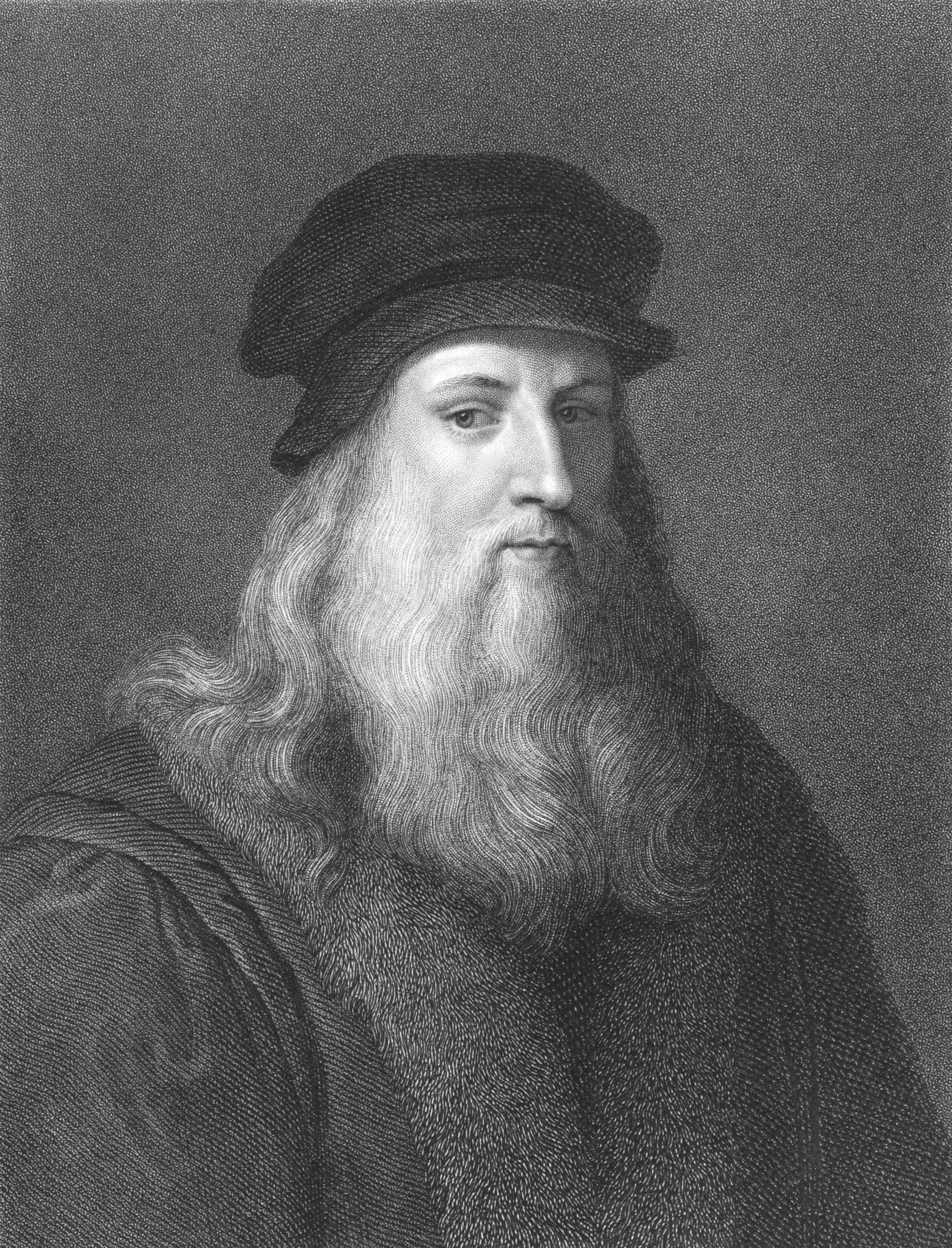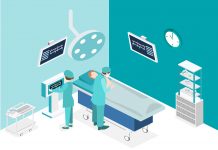You’ve probably heard the stories about how Leonardo da Vinci looted cemeteries during the Renaissance in order to obtain fresh cadavers to study anatomy, physiology, and write his book titled “On the Human Figure”. This book contained annotations that are revered even today because of its stunning drawings, which at first were not as detailed since he hadn’t yet started implementing the use of actual human corpses for this matter. However, by the end of his life (when he actually finished the book), he had dissected around 30 corpses, making important discoveries, such as the first complete description of the human spine. Leonardo da Vinci was also the first person to describe particulars about what appeared to be liver cirrhosis. His important findings are still esteemed as having some of the best anatomic illustrations, competing in quality with the ones in modern-day medical atlases.

Because of this, every freshman-year medical student should be taken over by the spirit of Leonardo: his curiosity, his creativity, his ingenuity. However, now in the 21st century, we have our own innovative way of exploring anatomy, we don’t have to go around looting cementeries, thanks to the developers at Leap Motion, a company based in California, which was founded in 2010. Leap Motion has designed the CadaVR app, which is a Virtual Reality (VR) experience (although we believe it could easily be implemented into Windows Mixed Reality in the future). Its quality goes beyond the fact that it carries an insane graphics engine, and it has the ability to explore and hone the user in on anatomical knowledge, all-in-one. What a premium anatomy app!

CadaVR brings possibilities of interacting with the human model in ways that aren’t possible in real life. For example, in this early access entry, CadaVR allows you to experience the human heart beating into the thoracic cavity while grabbing it or making it bigger, exploring the whole human anatomy while doing other tasks (such as exploring the heart cavities, identifying related structures, or pointing out the muscles of the femoral quadriceps). These tasks are thought of as if they were part of an anatomy practice (or evaluation), making it a compelling experience that looks to create knowledge in a way that was not possible before for medical students. Let’s face it, at the moment it’s a very simple experience, but we believe CadaVR and Leap Motion is going to do big things with this. You can check it out in the video below:
Leap Motion is also developing the Lesson Building Platform, which will allow actual anatomy professors to customize the tasks they want their students to perform with the app, making it an amazing tool for education in the near future. However, what excites us the most is that Leap Motion‘s plans for this application in the future include: bringing anatomy to life and giving students and teachers alike a new perspective on how to learn the human bodily functions. Another interesting addition is the Haptic Feedback, which will add a whole new perspective to this app and revolutionize education.
However, we have also taken notes, and we believe that one aspect that Leap Motion should be taking in account is going beyond just physiology, and to start implementing Pathology into the mix. By doing this, they will also be giving students an idea of how the body suffers from every kind of disease, the same way Leonardo da Vinci found out about Cirrhosis, and in our opinion, this is a simple step that could rise this application to another level, without changing its purpose.
What do you think about CadaVR – would you try it? Let us know in the comments section.








